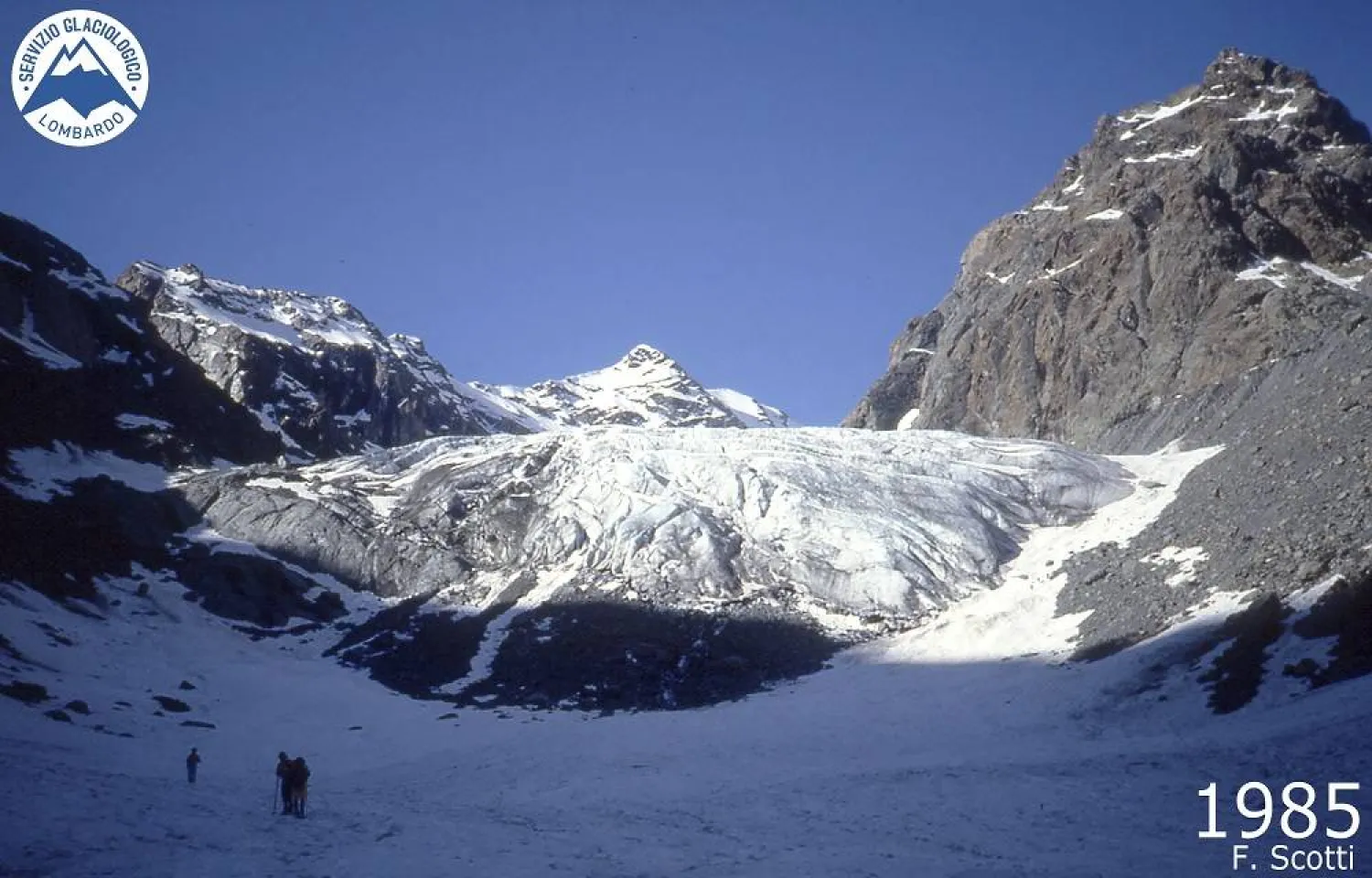For Palestinian fisherman Jihad al-Soltan, it was a surprise summer catch -- a message in a bottle that he netted off a Gaza beach, reported Reuters.
It had bobbed its way in the Mediterranean for nearly 800 km (500 miles) from the Greek island of Rhodes, placed in the water by a vacationing British couple in July.
"We are currently on holiday on Rhodes and we would love to know how far this bottle got, even if it's just the next beach," said the letter inside, signed "Faithfully, Zac and Beth".
By replying to the email address they enclosed, Soltan discovered the two were Bethany Wright, a university student, and her boyfriend, Zac Marriner.
"Hello, Thank you for picking up this bottle. As a reward here are some magic flowers," the couple wrote in their letter. By the time the bottle reached Gaza's shores last week, the flowers had wilted.
But Soltan said on Monday he was buoyed by the thought that currents could carry a carefree message into troubled waters under Israeli naval blockade and fishing zone restrictions - measures Israel says are necessary to prevent arms smuggling by Gaza's hostile Hamas Islamist rulers.
"As a fisherman I felt this letter traveled through borders and international waters without restrictions while we as fishermen are unable to go beyond six miles," he said. "I hope one day we would become as free as this bottle was."







